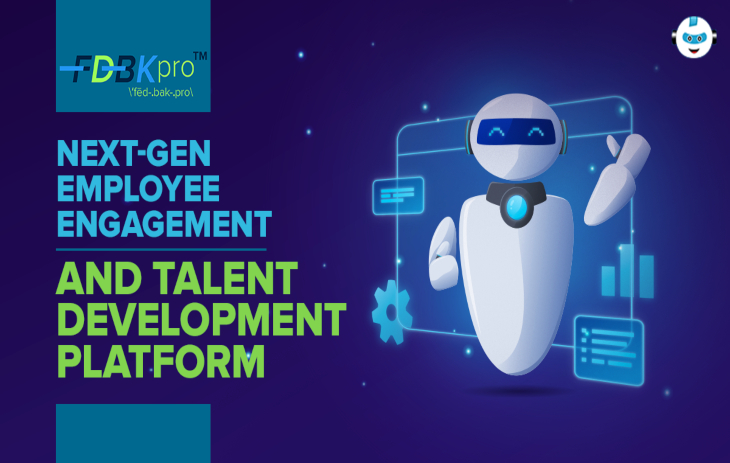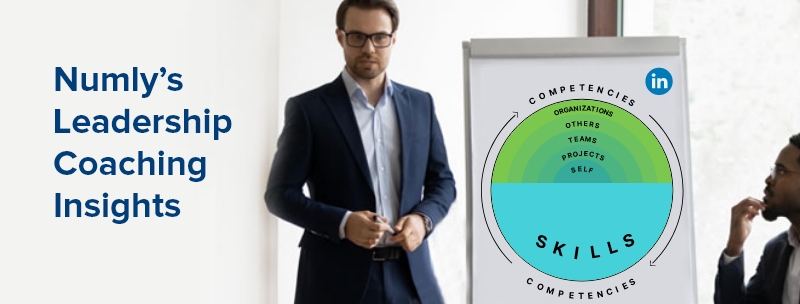In the last few years, conversations around employee engagement and employee experience has increased several fold.
Beyond Employee Engagement, Towards Employee Experience − Dissecting the Shift
Until now, employee engagement has been used quite like a blanket term, a proxy for employee well−being. The general consensus is that if engagement levels are high, then employees are more productive. While this is true, engagement is one piece of the puzzle. It is a part of the entire employee experience. Hence, to improve outcomes from employees, to keep them more productive, to enable them at work, and to improve performance, organizations need to now shift their focus towards employee experience.
The Dawn of Employee Experience − What it Entails
Just like how Customer Experience is the sum of all interactions of a customer with a company, Employee Experience is the sum of all the interactions that an employee has with the company throughout the employment period.
All programs such as onboarding, diversity and inclusion initiatives, leadership development initiatives, performance management initiatives, employee engagement strategies, etc. map into the employee experience.
Industry expert Josh Bersin aptly states that employee experience is not about the office. It’s about the work.
Bersin explains logically why this shift from Employee Engagement to Employee Experience is happening deftly. As technology, economic shifts, and changing market conditions restructure the organization, it becomes natural for the C−suite to direct strategies that focus on improving productivity and performance, enable organizational transformation, and assist in developing new digital business models. Bersin points out that unless employees can get their work done easily, achieving this will be near impossible.
He cites a LinkedIn report that asked over 2,800 professionals what they most liked about work. 26% answered “the nature of work”. Clearly, this shows that people are invested in the kind of work they do. Given the demographic shift in the workplace with more millennials joining the workforce, this begins to make more sense. After all, for this generation, the motivations for work and the parameters that define ‘good work’ have changed. Millennials are a generation that is heavily focused on meaningful and purpose-driven work. They are invested in opportunities to learn and grow. In the absence of growth opportunities, these people will not hesitate to leave their roles and look for opportunities that help them achieve their professional goals.
Along with this, enterprises also have to pay close attention to diversity initiatives. Research shows that organizations committed to their diversity initiatives have employees who are twice as satisfied and engaged as other employees. Employees in such organizations work 12% harder and are 19% more likely to stay in the organization for longer. They also collaborate 15% more effectively with their peers. It is clear that these attributes aid productivity and efficiency at work and have a positive impact on the bottom line.
A report from Boston Consulting Group gives legitimacy to this statement by proving that “businesses with above average diversity in their leadership teams earned nearly half of their revenue from innovative products and services, which is nearly 20 percentage points more than businesses with below average diversity in their management teams.”
How to Make the Shift Towards Employee Experience?
Employee experience is about delivering greater value to the workforce. It is because of this shift that engagement initiatives have to go beyond fancy entertainment zones and cafeterias and the annual office parties. Though these help engage employees at a cosmetic level, it’s time to design experiences that deliver more.
Purpose−led engagement
Purpose−led engagement is the new mantra for HR teams now. They need to evaluate how to create more opportunities at work, assess what are the career and growth needs of employees, identify how to help them navigate their career graph and provide real, purpose-led, quantifiable, and qualitative experiences.
Focus on your leadership development programs
Organizations across the globe spend $14 billion annually in the U.S on leadership development initiatives. And yet, despite these investments, leadership development initiatives don’t deliver much.
The most common reasons for this could be listed out as:
- Leadership development cannot be treated like other day−long training programs. Developing leadership skills takes time and has to be an ongoing process.
- Leadership programs need more context, and hence, we cannot take a ‘food−menu’ approach to it and expect it to work. They need to be more contextual and relevant to the organization
- Instead of only focusing on pushing high−performers into the leadership pipeline, HR teams need to identify high-value employees who display leadership traits. Brilliant jerks rarely make good leaders
- Gut feel and annual performance reviews cannot populate the leadership pipeline. Instead, organizations need to use robust, data−driven assessment such as Behavioral Skills Analysis tests or 16 Personality Factor Assessments
Focus on career building
The LinkedIn 2018 Workplace Learning Report shows that 94% of employees are more loyal to organizations invested in their career development. The days of the dead−end job are over. Employees want careers.
HR teams have to thus focus on curating ways to not only identify their high potential employees but also evaluate what they need to do, what their long-term goals are, and what are the challenges to navigate to reach those goals.
It’s time to move away from the traditional gut-feel theories and move towards technologies such as AI and ML analytics that leverage Behavioral Skill level, in-depth analytical reports on all employees within the company. Encouraging employees to undertake assessments such as 16 Personality Factor (16PF) Assessments also provides qualitative data on the areas of improvement.
Mentoring − a critical piece of the puzzle
Mentoring is a critical tool that has been overlooked and underplayed in the employee experience story.
As employee experience and areas such as professional development, diversity, and value become interlinked, having a robust and strategic approach to mentoring becomes invaluable. Mentoring plays a critical role in employee experience − whether it is to identify high-potential employees or help everyday employees become high potential employees, develop and hone leadership pipeline, or lead diversity initiatives. This is so because mentoring is a powerful tool that gives workforce the means to navigate their challenges and shortcomings both professionally and personally. It helps them overcome all the hurdles that stand between them and the career that they desire.
Mentorship is value − driven and purpose − led things that matter the most to employees today. Are you ready to transform your employee engagement and skills development experience with the power of AI? Try our 60-day pilot NumlyEngage™.

